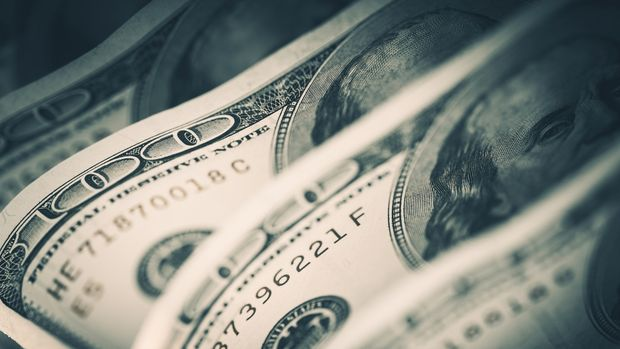How are US inflation expectations reflected in pricing?
U.S. inflation pricing in investors should start adding moderate amounts of risky assets to their portfolios in 2023, according to Henry McVey of KR & Co. With U.S. inflation having peaked and recession fears becoming “less of a concern,” investors should start adding moderate amounts of risky assets to their portfolios in 2023, according to Henry McVey of KR & Co. Speaking to Bloomberg, McVey pointed to new bond issuance and initial public offerings being at their lowest levels since 2009 and said now is the time to start adding risk back to portfolios after sharp declines in stocks and high-yield bonds this year. KKR, which lowered its 2023 U.S. inflation forecast to 3.9% from 4.8%, now expects nominal GDP growth to slow to 4% from 10% in 2022. The agency predicts that corporate profits in the U.S. will fall next year before recovering in 2024, and the U.S. dollar will depreciate. On the other hand, investors who started taking positions expecting a sharp slowdown in inflation are in for a big disappointment, according to BlackRock strategists. The agency’s chief fixed-income strategist Scott Thiel predicts that U.S. inflation will slow to just 3.50% by the end of 2023. That’s well above the breakeven level of 2.14%, which measures the difference between the yield on one-year CPI swaps and 10-year inflation-indexed bonds at 2.38% and the yield on Treasury bonds of the same maturity. “Volatility in CPI numbers is something the market should expect,” Thiel said.


